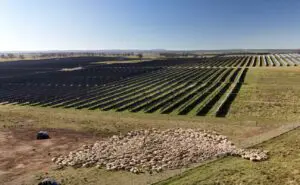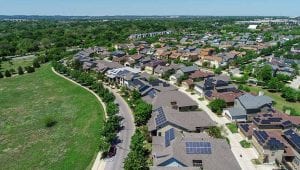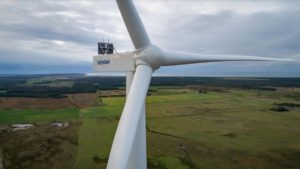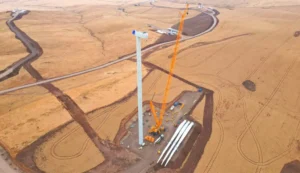The increasing influence of rooftop solar on the Western Australia grid – the world’s biggest isolated grid – has been demonstrated once again over the weekend as the technology reached 71 per cent of grid demand on Saturday and then bettered that with 72 per cent on Sunday.
Spring is the season for renewable energy records, particularly solar, because the sunshine is relatively good and demand is relatively low because temperatures have not jumped high enough to encourage air conditioning units to be switched on. And demand on weekends is usually lower than the weekday.
The new records appear to have beaten the previous benchmark set exactly a year earlier on September 10, 2021, when AEMO’s data shows that the peak of 69 per cent penetration was reached.
AEMO said in a later tweet that the rooftop solar output sent the state’s minimum operational demand to a new record on both days, first on Saturday (759MW), and then on Sunday (742 MW), although its figure differed from its dashboard data, and said 70 per cent of the State’s electricity needs were being provided by rooftop solar..
One curiosity was about the share of large scale solar, which is shown as zero, even though AEMO data elsewhere shows the state’s largest solar farm at Merredin generating at the time.
The other big solar farm in the WA grid, Greenough River, was not producing as it appears to have been curtailed while rooftop solar pushed the market price below zero.
The management of rooftop solar is the biggest challenge for the market operator, network suppliers and government authorities – principally because WA has not connections to another state and the main grid still has no utility scale storage, although the first big battery at Kwinana has now begun construction.
One of its main programs has been what is called “project symphony”, which is designed to orchestrate and demand and output from distributed sources, including encouraging loads to be switched on when the amount of rooftop solar pushes grid demand down to levels that the market operator says are difficult to manage.
The W.A. government has brought forward the closure of the last of the state-owned coal generators and has vowed to spend $4 billion on renewables, storage and the network upgrades that will be needed.
Last Friday, the state regulator announced it had given provisional approval of a $1 billion increase in the proposed network spending on the grid by Western Power, noting it was well above the $8 billion requested but was now inflated by increased costs and supply constraints.
The state government has also flagged growing interest from customers – both large and small – to increase their use of zero emissions power, and it is seeking feedback to inform the next version of its green energy transition plan.
See also: Grid demand hits record low as rooftop PV takes bigger bite out of coal power’s lunch











